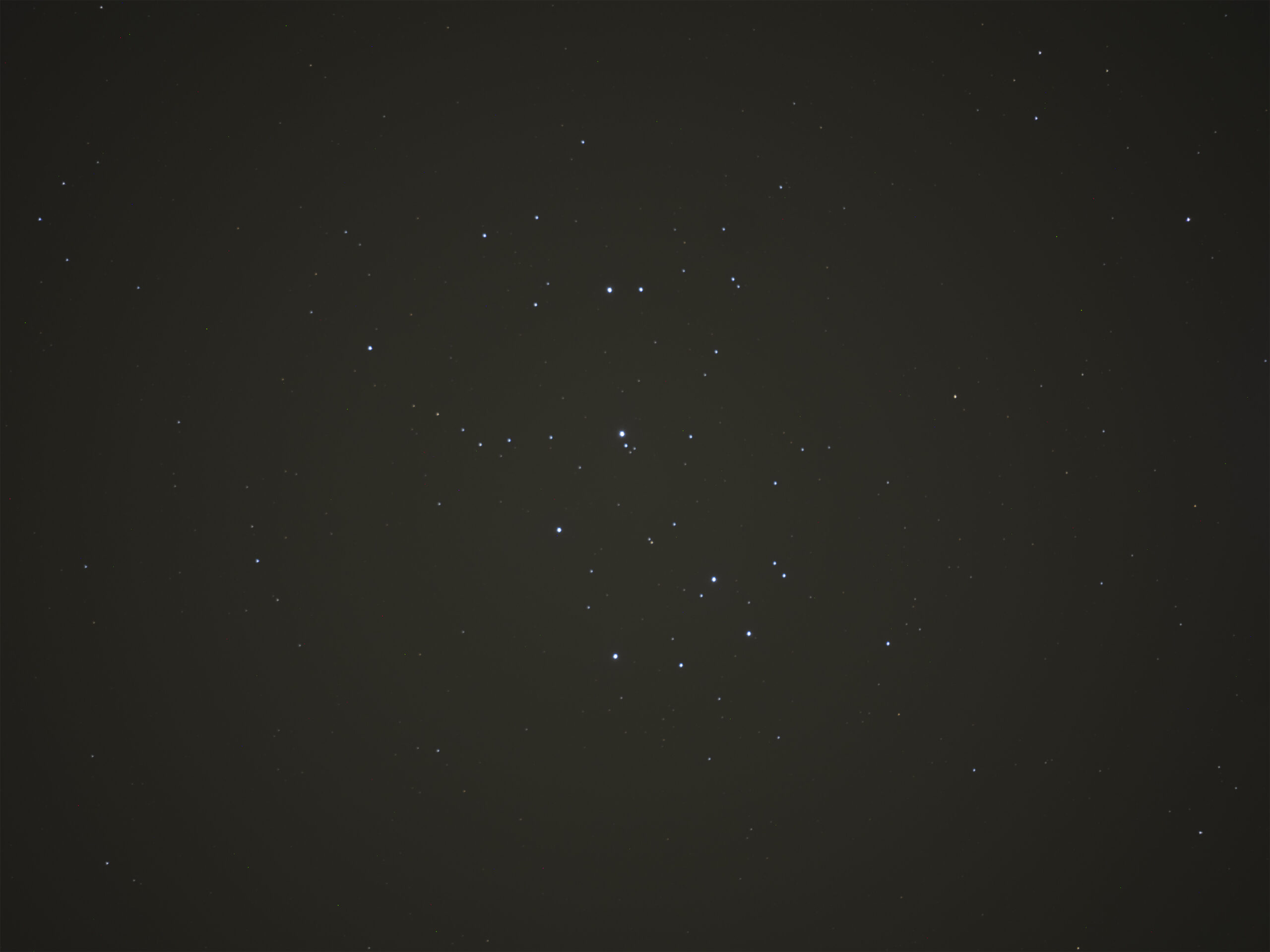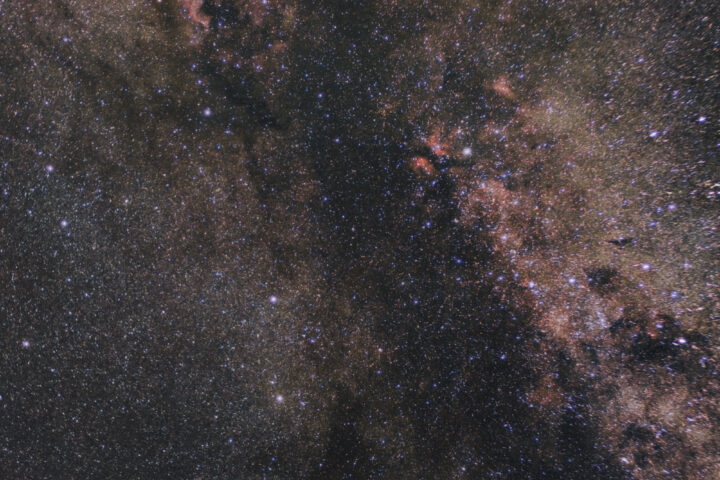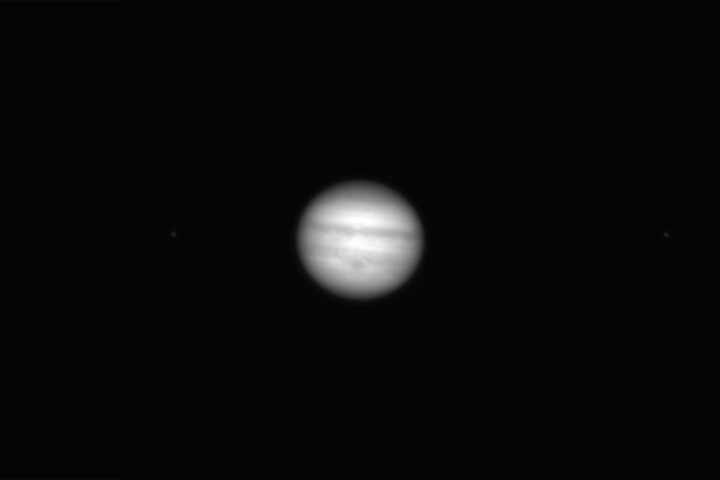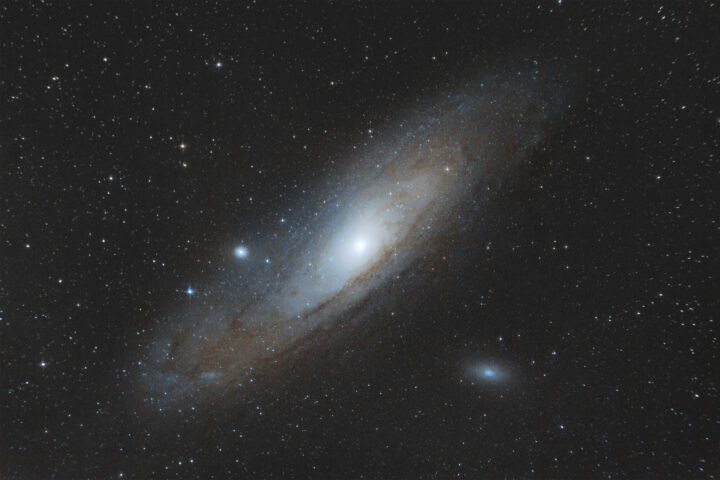I now have an EQ3 Pro Synscan mount and I would like to pair it with a 130/650 Newtonian telescope. To check if the tracking is good enough for this focal length, I designed a test.
The theory
My Olympus Pen F has a feature called High Res Shot that quadruples the resolution of the sensor, from the original 20 megapixels to 80 megapixels.
Combining this feature and a 300mm lens gives us a configuration with a resolution of 1.15″/px, which is very close to the 1.06″/px of “normal” Pen F + 130/650 telescope.
If the mount performs well with my test setup, it will also handle the Newtonian.
I do know that some factors like the weight are not taken into account, but I still think that the results are valid and you will see why later.
The practice
Somehow that night the sky was slightly blue one and a half hours after sunset and the exposures were extremely bright, so the conditions weren’t optimal. However, I did the test anyway to see if everything worked in the worst case scenario.
After I polar aligned the mount and started autoguiding, I begun testing by taking the Hi Res Shots. The camera has to take 8 photos and combine them to get a single 80MP image , thus my 8 second exposures actually lasted 64 seconds + processing and saving. Any movement during this interval would have caused eggy stars and artifacts.
I took many exposures over a timespan of around 20 minutes and stacked them without alignment.
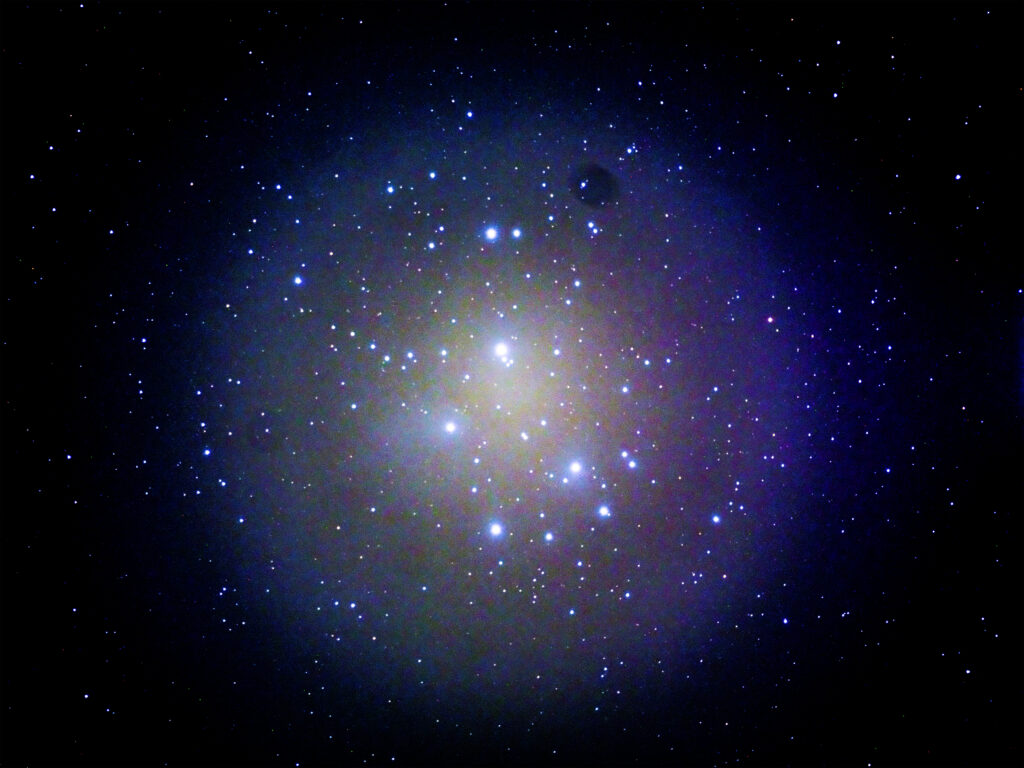
The result
This is not a good looking image. Flats were not taken because of how much space they would have taken up on the disk and 8 second exposures are too short for deep sky astrophotography.
I processed the image only to reveal the little nebulosity that was captured.
What does look good is the tracking.
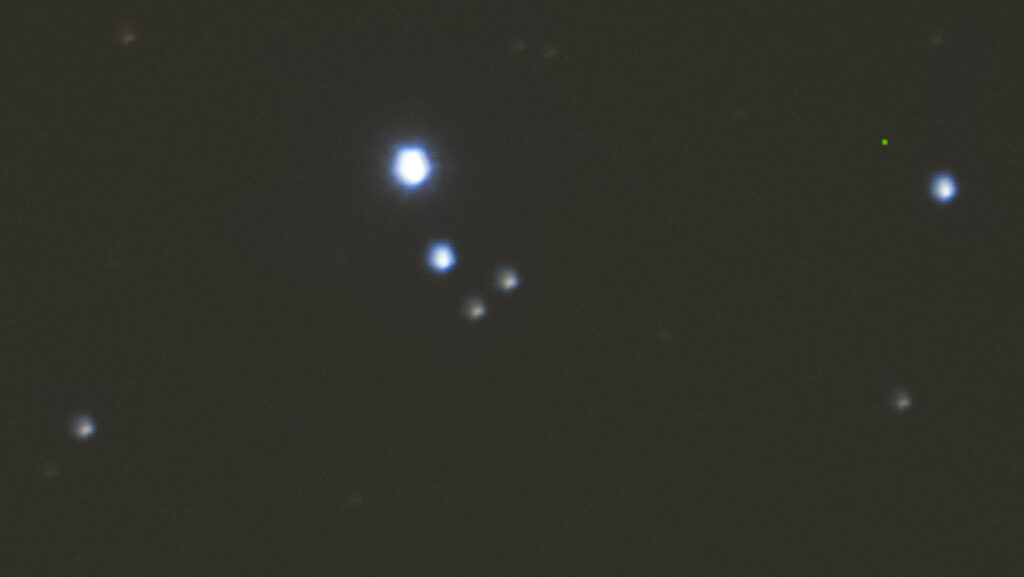
Stars have halos around them: I see this phenomenon in every image I take with the lens used for the test. They are round though and that’s what truly matters.
Being perfect for 20 minutes straight, I think the tracking is good enough for the 5 minute exposures I want to take with the heavy scope.
Guiding
The subs looked good so I did not worry about the guide graph. However, I still want to share it because of how terrifying it is.
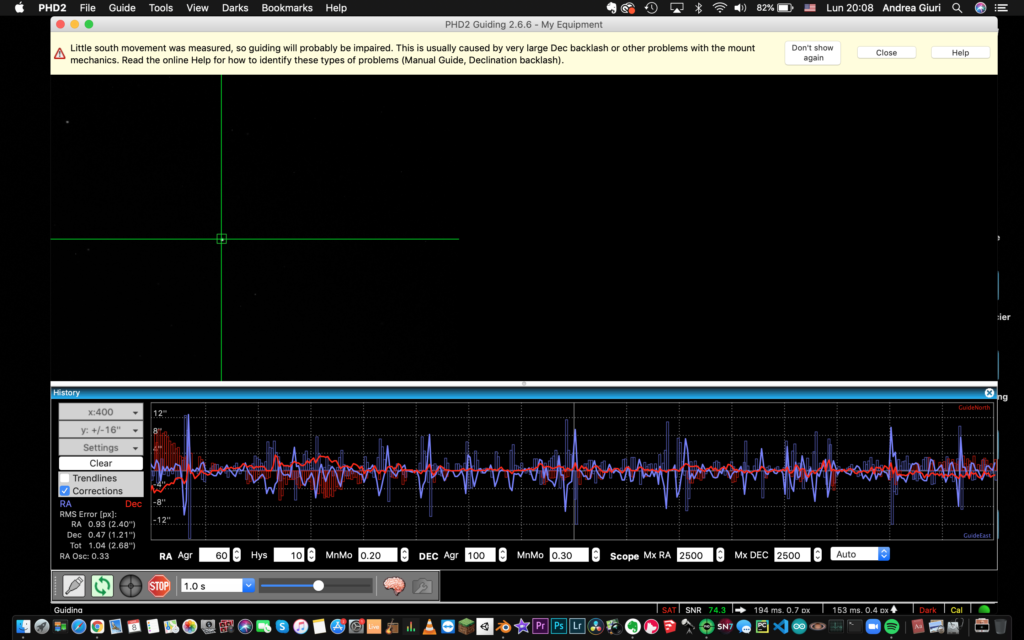
I was really surprised: I usually have a much lower RMS error and a smoother graph. I have identified two possible causes of this mess:
1) Poor sky conditions;
2) Weak mount power supply (it should deliver around 25W, but it struggles to power a 9.8W video light so I’m not too sure about its actual wattage).
EDIT A few astrophotography sessions after the test I was about to do polar alignment but the mount wasn’t turning on. I measured the output of the power brick and the voltage was 4.8V instead of 12V.
I think it was not powerful enough for the mount so it survived only for a little before causing huge RMS error and later failing. On the first clear night in months.
I do not consider problems like backlash a possible cause of such bad guiding. I’ve never modified the mount mechanics, therefore these problems are also present when guiding is good.
Conclusion
After this test, I am confident that the EQ3 will handle a Newtonian well. I hope to get my hands on the telescope before Galaxy Season ends!
